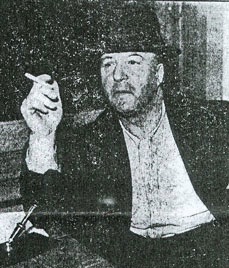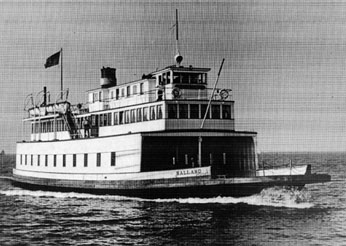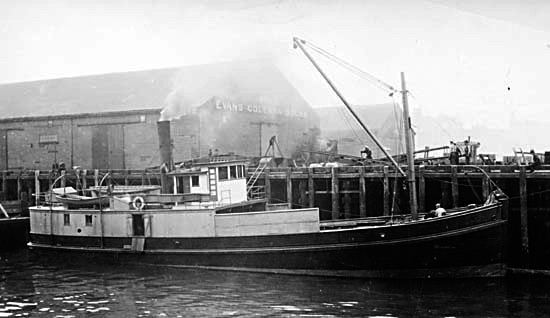Coaster

Coaster
The Coaster was a small freighter built in New Westminster for the Coast Steamship Company out of Vancouver B.C.
Harry Rendell, the man who started the CSC in April 1922, moved to Vancouver from Newfoundland and established the company with four small freighters; the Celtic, Matsqui, Clansman, and the Coaster.
The Coaster measured only 94 feet long with a beam of 21 feet, and weighed 62 tons.
When first in service the four ships carried supplies to the small logging camps along the coast of British Columbia and the Yukon, with stops also in Washington State. Later in 1938, the company expanded into a full line distributorship of Allis-Chalmers equipment, including marine, logging, construction, and farm.
That same year on Thursday, August 25th at approximately 10:40 pm the Coaster was heading south from Squamish with 7 crew, one captain, and a load of 109 tons of gold ore concentrate, valued at about $24,000, when she was struck by the North Coast heading from Seattle to southeastern Alaska. The collision was off Point No Point just 20 miles northwest of Seattle.
Captain Fred J. Brown stated, "When I first saw the North Coast she was 80 to 100 feet away, coming fast. She looked like an Empress to me."

"She was coming fast all right," Brown continued, "but when she struck us her engines were pulling in reverse." Brown also stated that he heard the ships fog horn shortly before the impact, and at that point ceased his own blowing of the Coasters fog horn.

At the time of impact, 5 of the crew were in their bunks, sound asleep. Just 10 feet forward of the sleeping crew, the North Coast sliced into the Coasters hull, directly into the concentrate cargo hold.
Brown sounded the "all hands on deck" just seconds before the impact and the five men just barely escaped from their beds.
The captain of the North Coast, Captain Andrew J. Borkland, kept his engines going slow ahead after the impact to try and keep the hole in the Coaster plugged. Brown stated that that action surely helped keep the Coaster floating long enough to get everyone safely off.
Chief Engineer William Clark was in the engine room when the Coaster was hit. He later stated that at the time of impact he shut off steam and stood by a minute. When water came rushing in he knew it was high time to quickly get to top deck. The Captain and crew were loaded aboard the North Coast with no injuries. The Coaster, on the other hand, sank within 21 minutes.

The crew of the Coaster consisting of: Captain Fred J. Brown, First Officer Duncan Leash, First Engineer William Clark, Second Engineer Harry Allen, Deckhands William Leitch, Thomas Whelan, Sidney Mitchell, and the cook, Yone Kuroda, returned to Pier 5 in Seattle on board the North Coast.

Later it was reported that the Coaster would be attempted for salvage.
The gold concentrates have never been recovered.
What was thought to be the Coaster wreck we believe is not. See here.

Courtesy PSMHS
Courtesy PSMHS
Courtesy PSMHS
Courtesy Vancouver Maritime Museum
Courtesy Vancouver Maritime Museum



-
-Home
